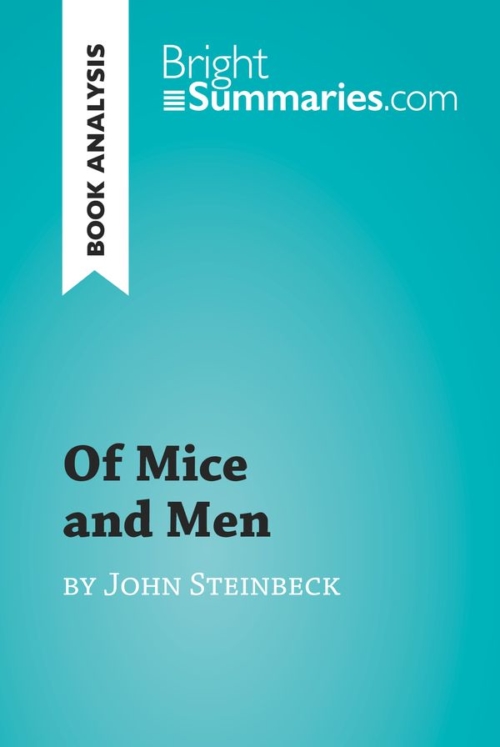The Satanic Verses by Salman Rushdie (Book Analysis)
The Satanic Verses by Salman Rushdie (Book Analysis)
Detailed Summary, Analysis and Reading Guide
Read more
This practical and insightful reading guide offers a complete summary and analysis of The Satanic Verses by Salman Rushdie. It provides a thorough exploration of the novel’s plot, characters and main themes, as well as a useful discussion of the controversy that engulfed the book when it was first published. The clear and concise style makes for easy understanding, providing the perfect opportunity to improve your literary knowledge in no time.
This clear and detailed 48-page reading guide is structured as follows:
- Biography of Salman Rushdie
- Presentation of The Satanic Verses
- Summary of The Satanic Verses
- Character study
- Gibreel Farishta
- Saladin Chamcha
- Alleluia Cone
- Pamela Lovelace
- Ayesha of Titlipur
- Mahound
- Analysis of The Satanic Verses
- Controversy
- Metamorphosis
- Indian identity
About The Satanic Verses
The Satanic Verses centers around two characters, Gibreel and Saladin, who miraculously survive a plane hijacking and are transformed as a result, developing similarities with the archangel Gabriel and the devil respectively. In Rushdie’s magical realist narrative, their stories are interwoven with a reimagining of the early days of Islam, including the role played by the Prophet Muhammed. The novel met with critical acclaim: it was shortlisted for the 1988 Man Booker Prize and won the Whitbread Award for novel of the year in the same year. However, its treatment of Islam sparked controversy, and in 1989 Ayatollah Ruhollah Khomeini of Iran issued a fatwa calling for the assassination of Rushdie and his publishers.
About Salman Rushdie
Salman Rushdie grew up in a middle-class family of Kashmiri descent in Bombay before moving to the UK for his studies in 1961 at the age of 14. After studying history at Cambridge University, he published his first novel in 1975 and shot to international fame with the publication of Midnight’s Children in 1981. He has been at the centre of a number of controversies, most notably after his fourth novel, The Satanic Verses (1988), was condemned as blasphemous by Muslim authorities, many of whom also called for his execution. He is a recipient of the Man Booker Prize, and was knighted in 2007.
Product details
| ISBN | 9782808019385 |
|---|---|
| Publisher | Plurilingua Publishing |
| Collection | Brightsummaries.com |
| Format | |
| Pages | 48 |
| File size | 2.2 MB |







